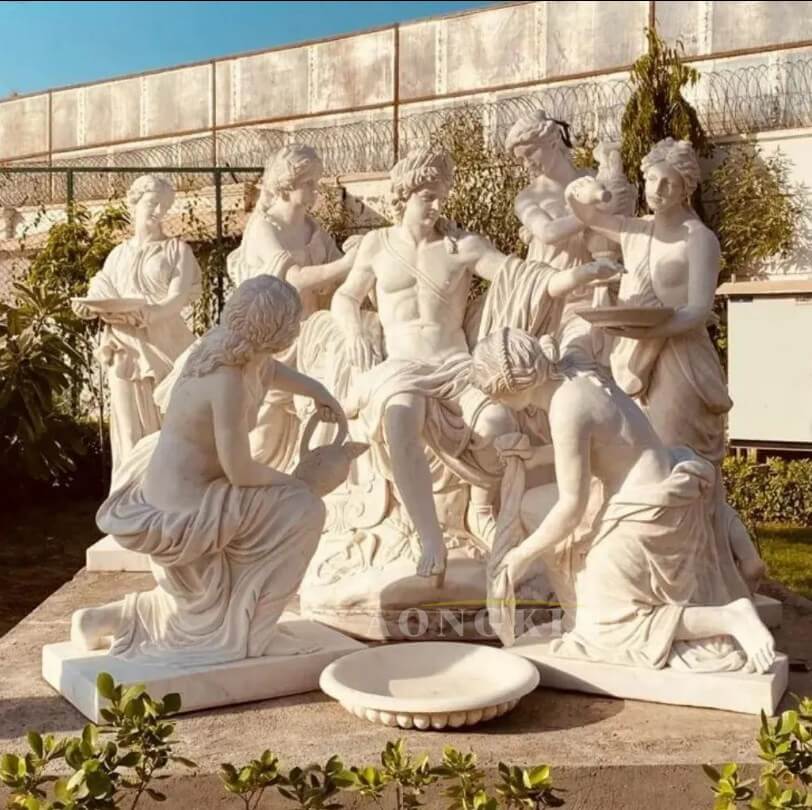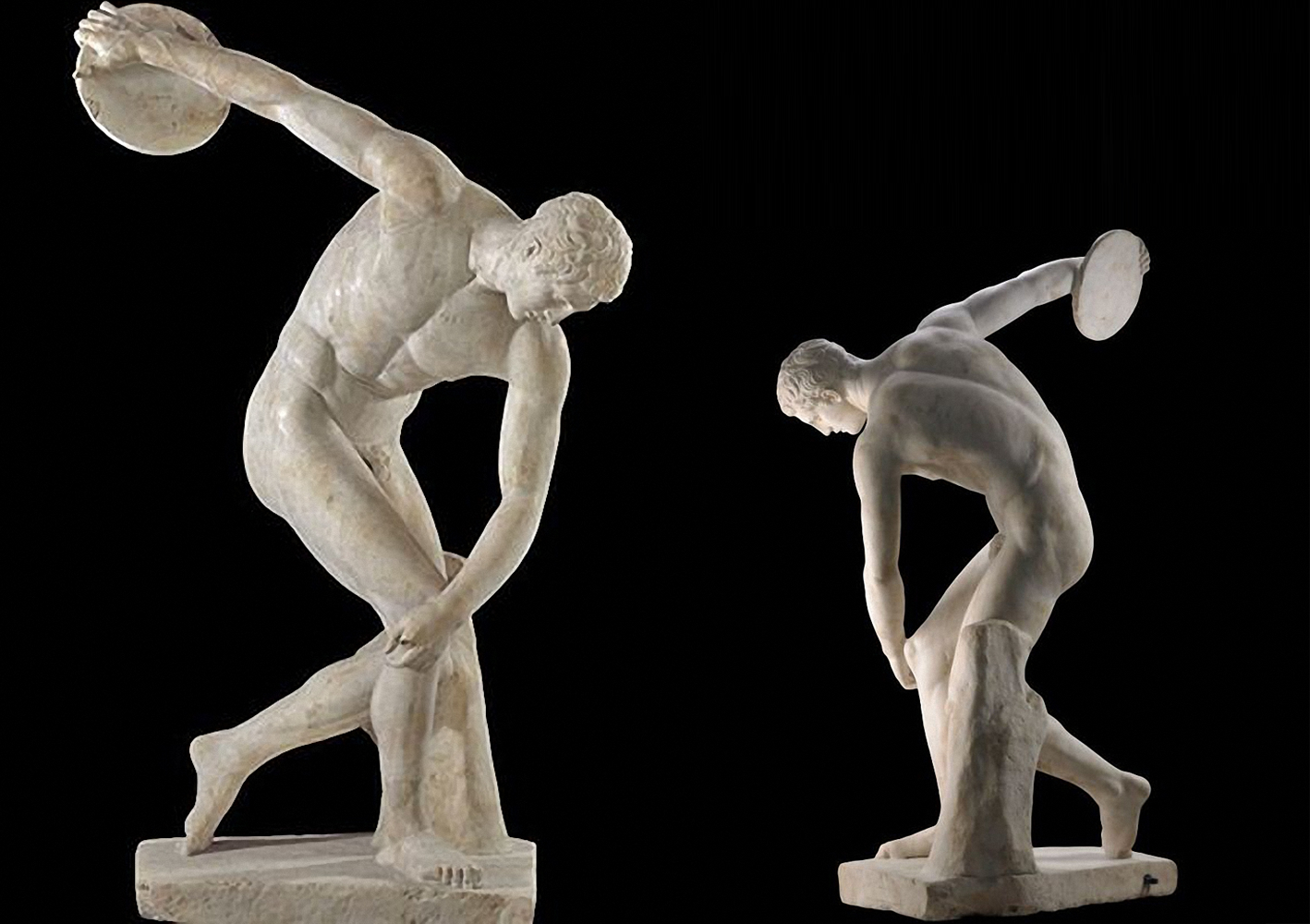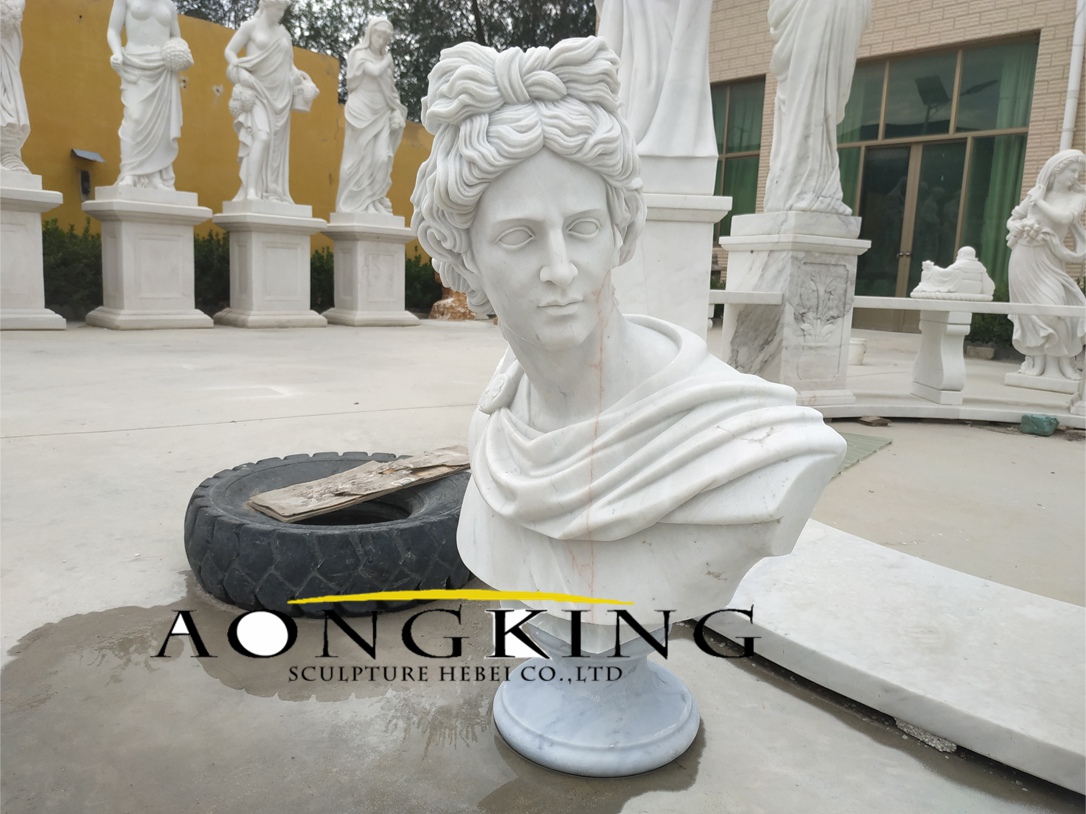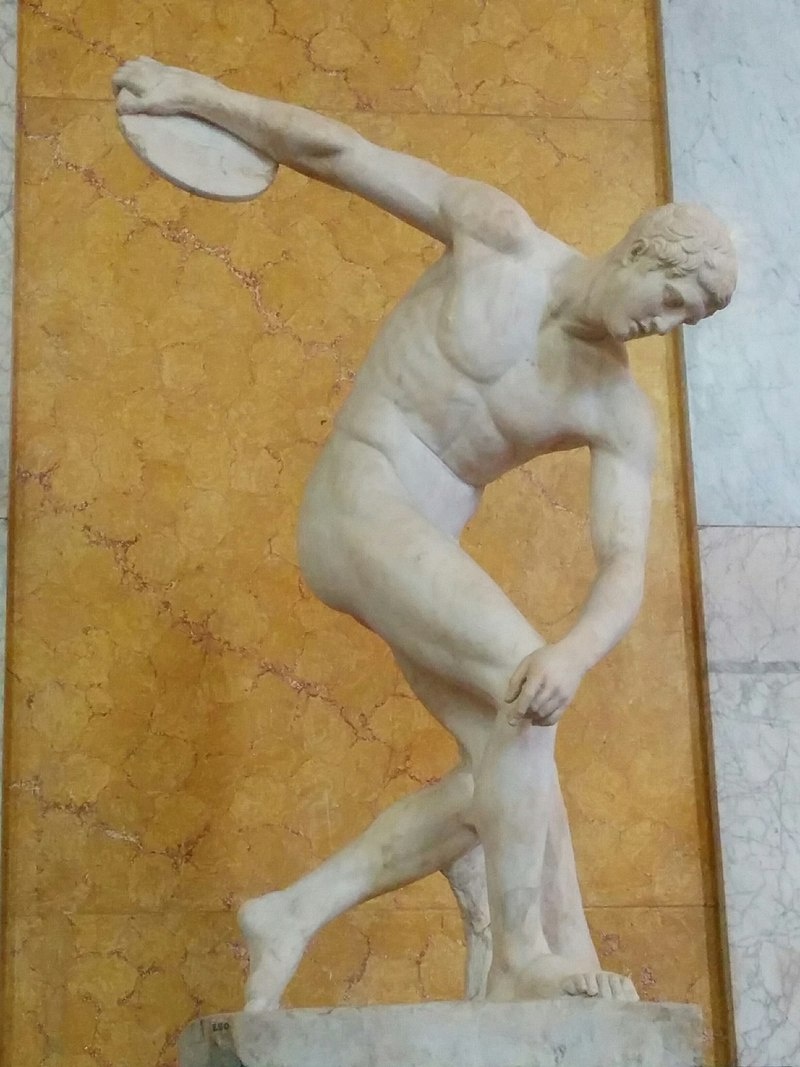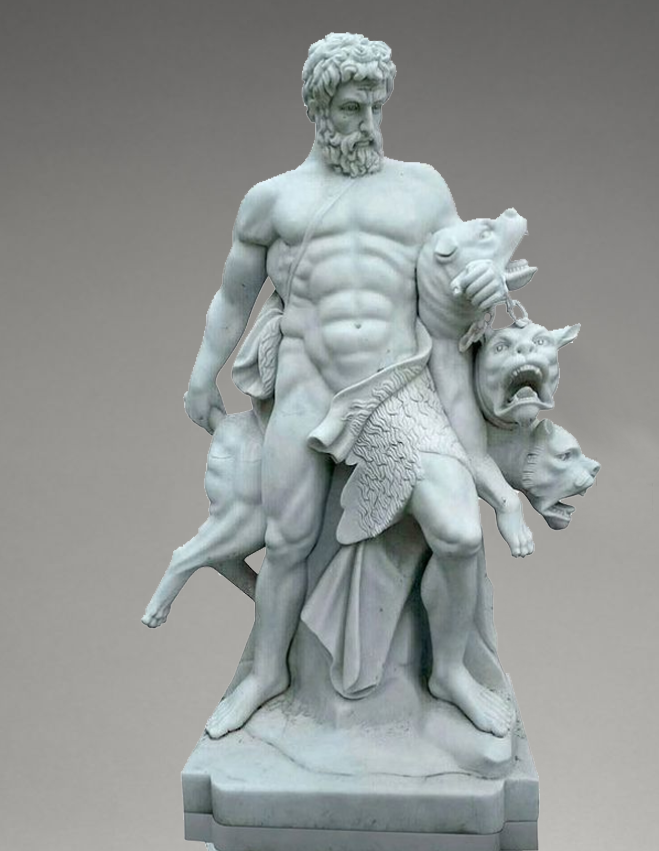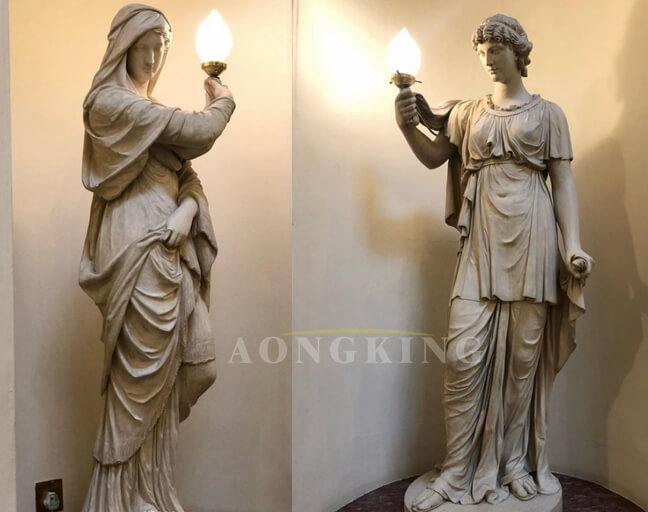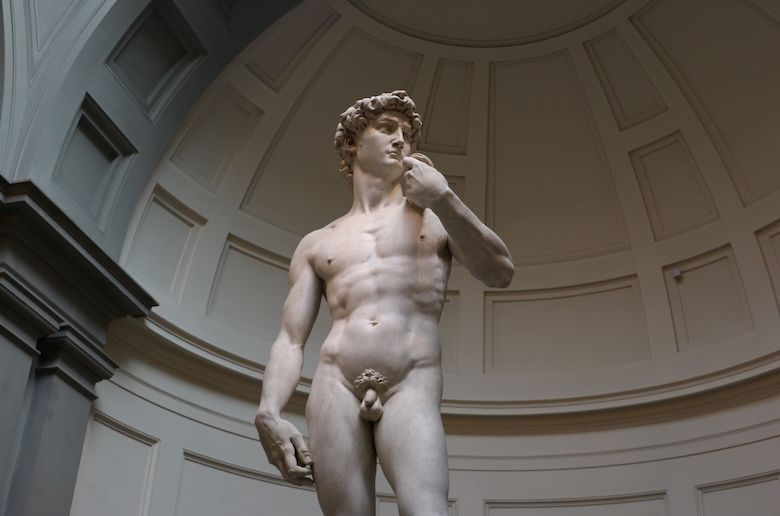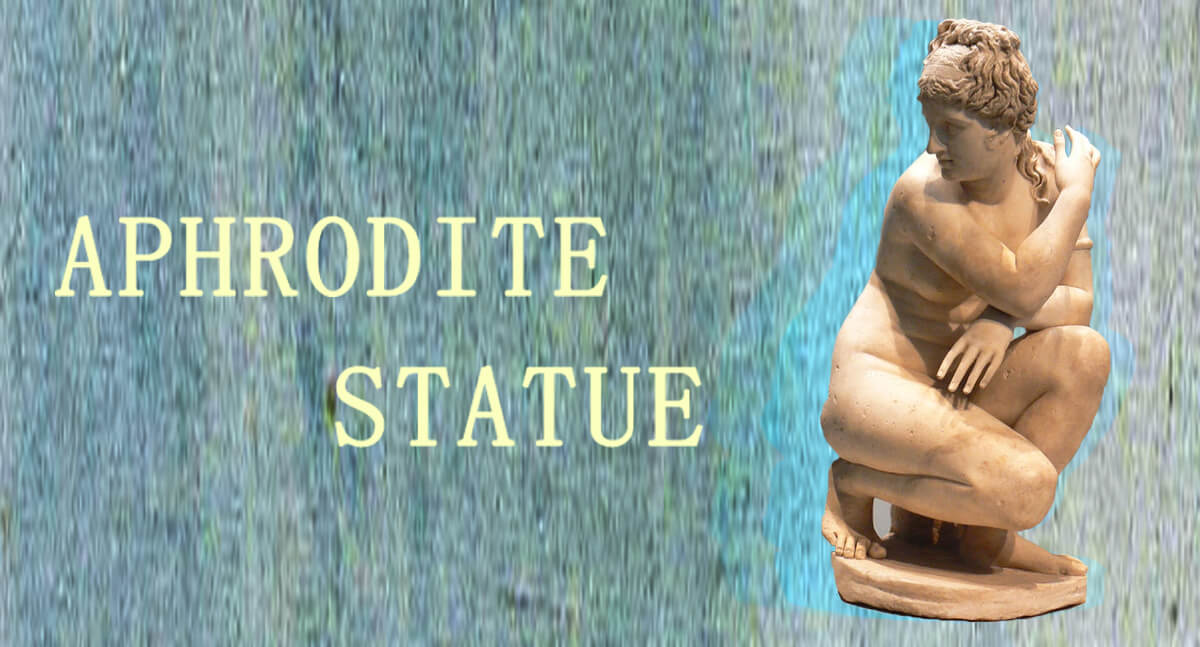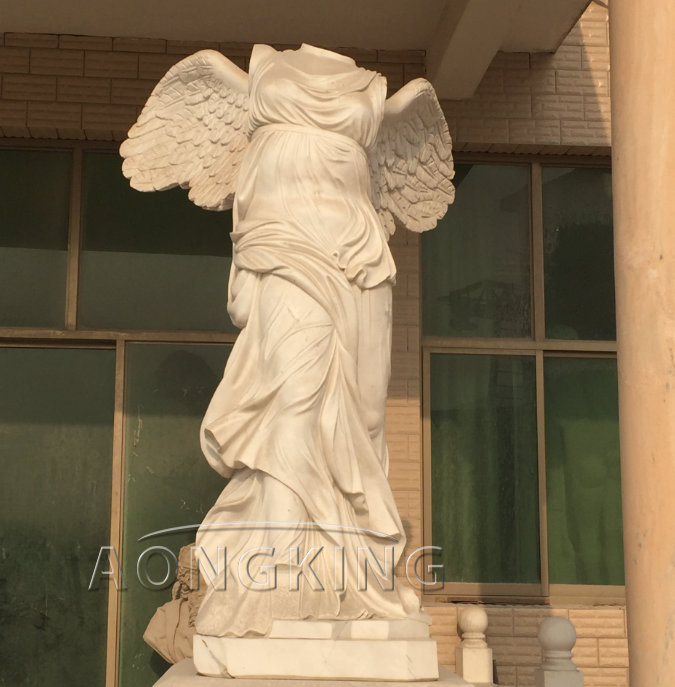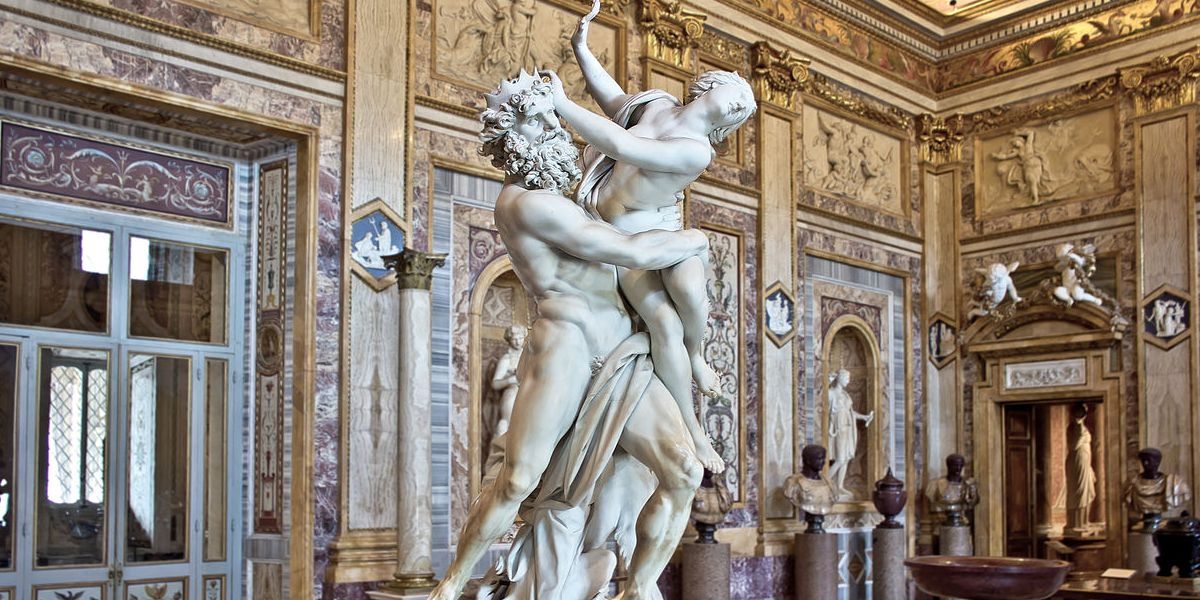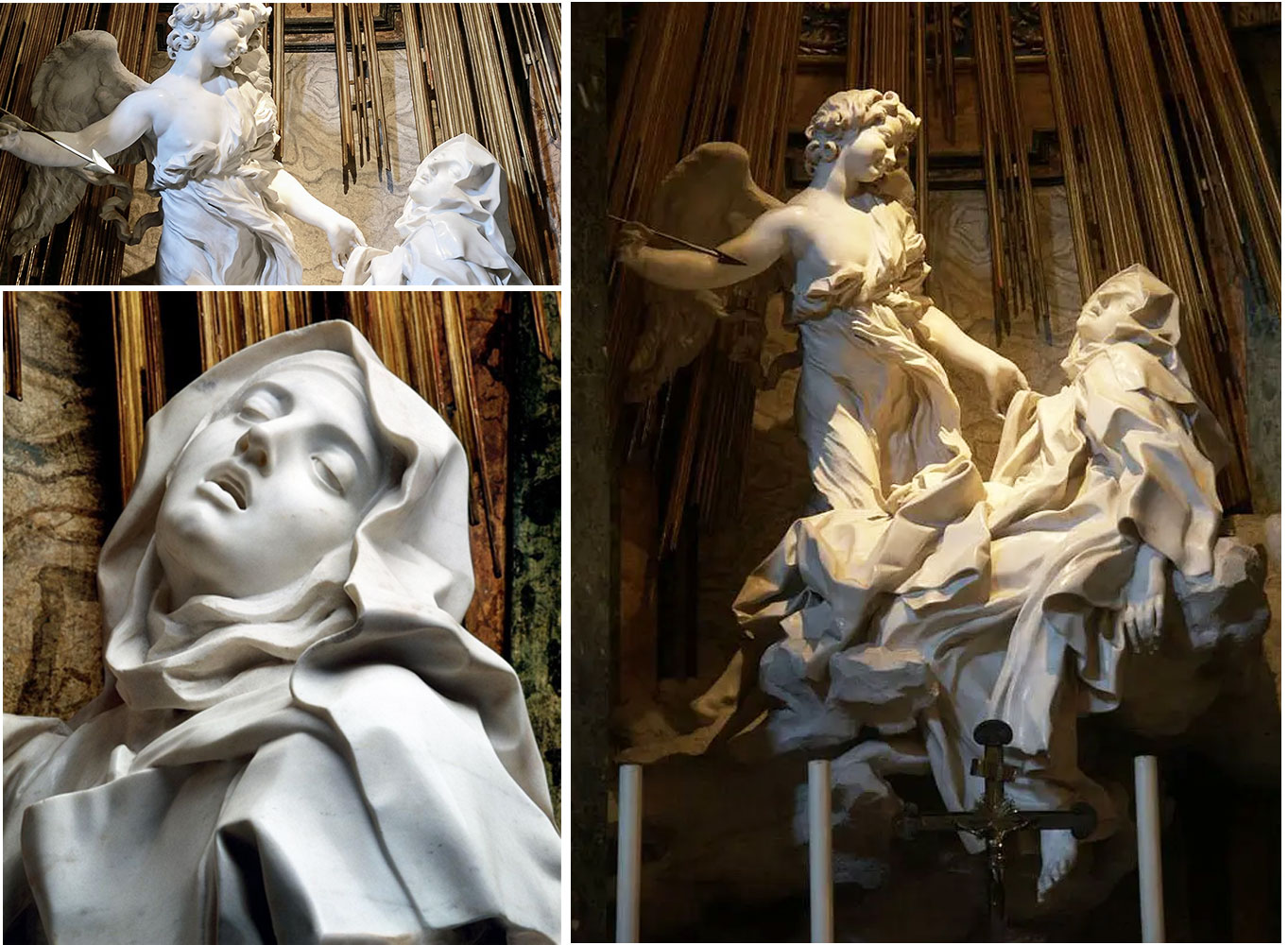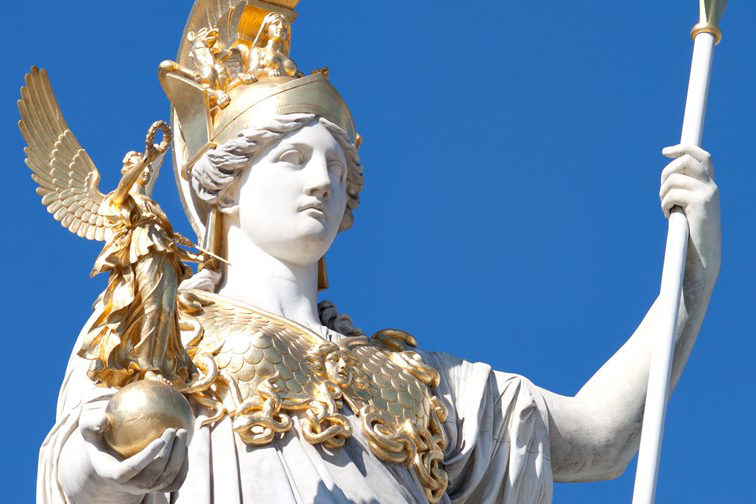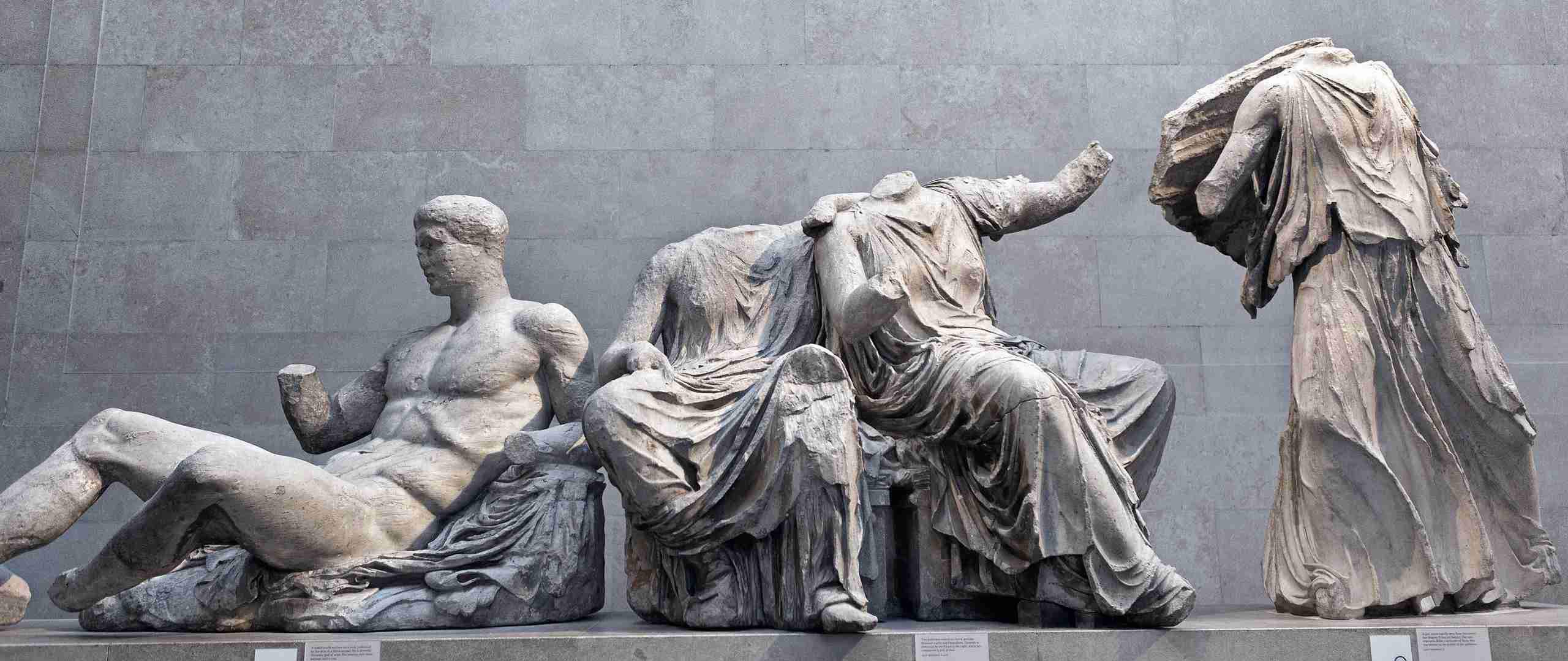The legacy of ancient Greece’s artistic prowess is immortalized in the renowned classical Greek sculptures, each chiseled masterpiece encapsulating not just physical beauty but a profound connection to cultural beliefs and mythological tales. These sculptures, carved from marble or cast in bronze, serve as windows into the rich tapestry of Greek civilization, revealing the intricate interplay between art, religion, and society.
Mythological Narratives:
Many of the famous classical Greek sculptures are deeply entwined with the myths and legends that defined the Hellenic worldview. Take, for instance, the enchanting Venus de Milo, embodying the goddess Aphrodite. This ethereal sculpture not only captures idealized beauty but symbolizes the divine grace and love associated with the goddess of love. Similarly, Laocoon and His Sons immortalize the tragic tale of the Trojan priest Laocoon and his offspring, conveying the anguish and despair of a doomed family entangled by sea serpents.
Cultural Contexts:
These sculptures are not mere representations; they are cultural artifacts reflecting the values and aspirations of ancient Greek society. The Discus Thrower (Discobolus), an iconic portrayal of athletic prowess by Myron, embodies the Greek reverence for physical excellence and competitive spirit. The Dying Gaul, with its poignant depiction of a defeated warrior, speaks to the harsh realities of warfare and the resilience of the human spirit in the face of adversity.
Religious Significance:
Greek sculptures were intricately linked to religious beliefs, often serving as tangible expressions of divine presence. The Winged Victory of Samothrace, perched atop a ship’s prow, not only celebrates naval victory but also pays homage to the goddess Nike, personifying triumph. The statues of gods and goddesses in temples were not just artistic embellishments but sacred conduits connecting the mortal realm to the divine.
Influence on Worship and Rituals:
These sculptures were integral to religious practices, influencing rituals and ceremonies. Pilgrims and worshippers would gaze upon these works of art, seeking inspiration and a connection to the divine. The presence of these sculptures in sanctuaries and temples transformed these spaces into epicenters of spiritual reflection and veneration.
Enduring Symbolism:
Beyond their initial creation, these sculptures continue to resonate with symbolism that transcends time. The classical Greek ideals of beauty, balance, and proportion, as embodied in these sculptures, have left an indelible mark on subsequent artistic movements. The Renaissance, in particular, drew inspiration from these classical principles, perpetuating the influence of Greek sculptures across centuries.
In conclusion, the famous classical Greek sculptures are not merely static representations; they are dynamic expressions of a civilization’s soul. Through these masterpieces, we unlock the door to a world where art, mythology, and culture converge, inviting us to explore the profound connections that endure between the physical and the divine.


